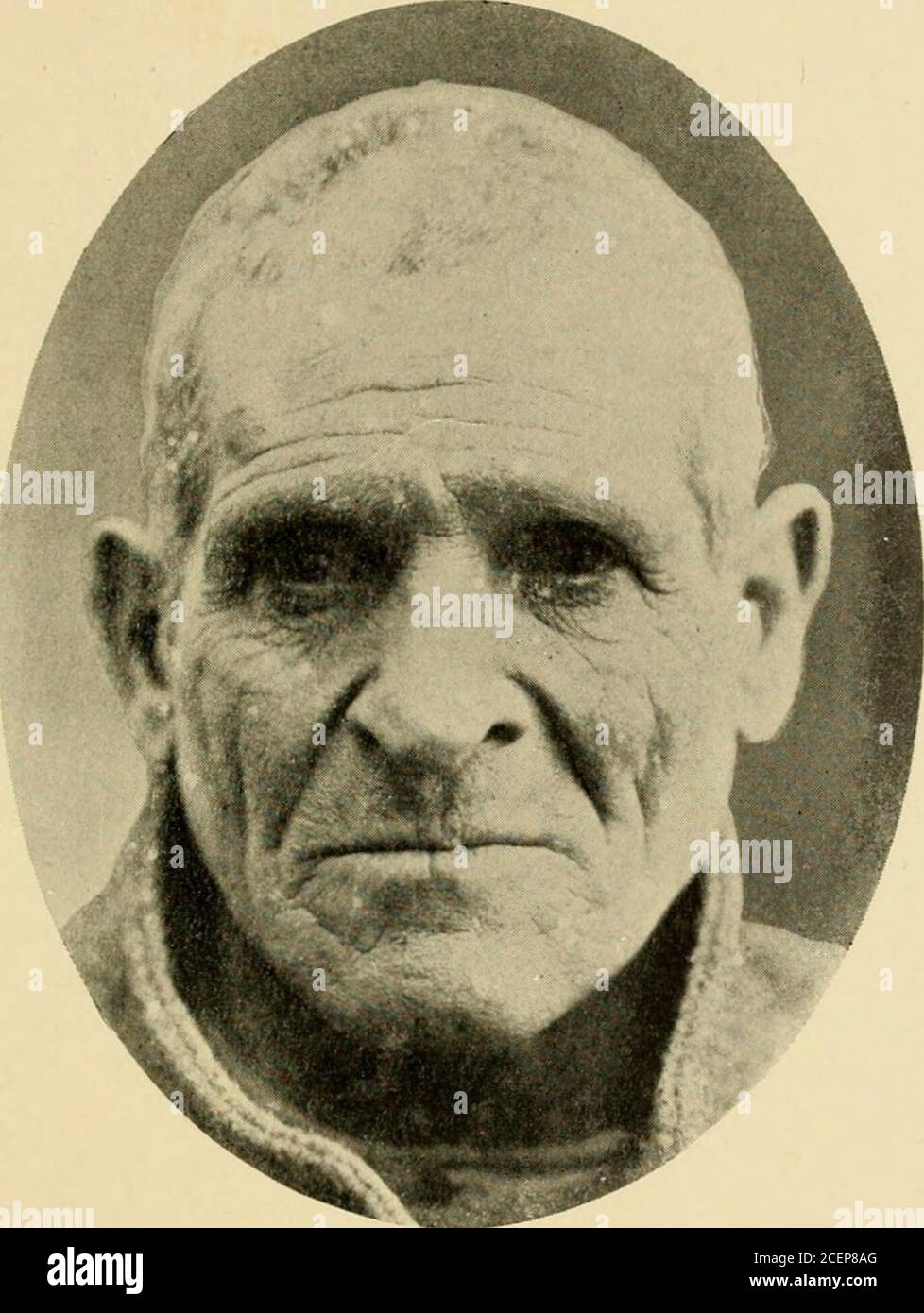. Criminal man, according to the classification of Cesare Lombroso. (absent in hysterical persons). The dilatation and contraction of the pupil inaccommodation to the distance of the object viewedor in response to light stimuli is undoubtedly themost important cutaneous reflex movement. Itmay be tested by requesting the patient to look at adistant object and immediately afterwards at theexaminers finger, placed close to his eye, or bringinghim suddenly from semi-darkness into the light.If the pupil reacts very slightly to the light, it iscalled torpid: if it does not react at all, it is called

Image details
Contributor:
Reading Room 2020 / Alamy Stock PhotoImage ID:
2CEP8AGFile size:
7.2 MB (321.5 KB Compressed download)Releases:
Model - no | Property - noDo I need a release?Dimensions:
1372 x 1822 px | 23.2 x 30.9 cm | 9.1 x 12.1 inches | 150dpiMore information:
This image is a public domain image, which means either that copyright has expired in the image or the copyright holder has waived their copyright. Alamy charges you a fee for access to the high resolution copy of the image.
This image could have imperfections as it’s either historical or reportage.
. Criminal man, according to the classification of Cesare Lombroso. (absent in hysterical persons). The dilatation and contraction of the pupil inaccommodation to the distance of the object viewedor in response to light stimuli is undoubtedly themost important cutaneous reflex movement. Itmay be tested by requesting the patient to look at adistant object and immediately afterwards at theexaminers finger, placed close to his eye, or bringinghim suddenly from semi-darkness into the light.If the pupil reacts very slightly to the light, it iscalled torpid: if it does not react at all, it is calledrigid. Rigidity of the pupil always denotes someserious nervous disturbance. In certain diseases, especially tabes, the pupils do not respond to lightstimuli, but accommodate themselves to objects. Tendinous Reflex Action may be tested in everypart of the body, but the rotular reflex movement isgenerally sufficient. The patient is asked to sit onthe edge of the bed or on a chair with his legs crossed.If he is healthy, the reflex movement is fairly strong, Fig. 39. Head of an Italian Criminal EXAMINATION OF CRIMINALS 255 but in some illnesses spastic movements may beprovoked and extend to the abdomen (exaggeratedreflex action); in others no reflex is forthcoming.This is one of the first symptoms of tabes. Urine and Feces. As the fimctions are anoma-lous, the chemical changes must also be anomalous, owing to the correlation of organs. In born criminalsthere is a diminished excretion of nitrogen, whereasthat of chlorides is normal. The elimination ofphosphoric acid is increased, especially when com-pared with the nitrogen excreted. Pepton is some-times found in the excretions of paral3rtic persons inwhom there is always an increased elimination ofphosphates and calcium carbonate. The temperature is generally higher than innormal persons, and, more important still, varies lessin febrile illnesses. For the readers convenience, I have drawn up alist of the different points that should